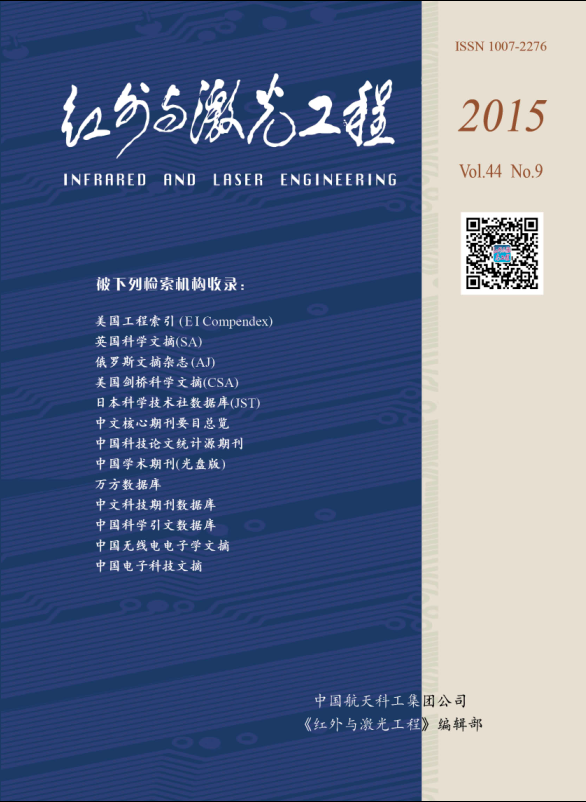红外与激光工程, 2015, 44 (5): 1408, 网络出版: 2016-01-26
高能固体脉冲激光热晕效应相位补偿的数值分析
Numerical analysis of thermal blooming effect and phase compensation of adaptive optics about high energy solid pulse laser
大气传输 热晕效应 自适应光学 随机并行梯度下降(SPGD)算法 atmospheric propagation thermal blooming effects adaptive optics stochastic parallel gradient descent algorithm
摘要
热晕效应是高能激光大气传输最重要的非线性效应之一。利用激光大气传输四维仿真程序,针对高能固体脉冲激光大气传输的非线性热晕效应,采用常规自适应光学系统与随机并行梯度算法自适应光学系统对其相位补偿进行了数值模拟和分析。结果表明:当脉冲宽度1 ms,重复频率10 Hz,单脉冲发射功率500 kW时,常规自适应光学系统补偿效果较好;当脉冲发射功率增加或者重复频率增加时,随机并行梯度下降算法自适应光学系统补偿效果较好。
Abstract
Thermal blooming is one of the most important nonlinear effects on high energy laser propagation in the atmosphere. By using the four-dimensional codes, adaptive optics systems based on stochastic parallel gradient descent (SPGD) optimization were proposed for compensating thermal blooming of high energy solid pulse laser, and the compensation effects compared with the conventional adaptive optical system. The results show that when the repetition frequency equal to 10 Hz, the pulse peak power is 500 kW, the conventional adaptive optical system is better for compensation. But when the repetition frequency of increases or the pulse peak power is increased, SPGD adaptive optical system is better than conventional adaptive optical system.
冯晓星, 张鹏飞, 乔春红, 张京会, 范承玉, 王英俭. 高能固体脉冲激光热晕效应相位补偿的数值分析[J]. 红外与激光工程, 2015, 44(5): 1408. Feng Xiaoxing, Zhang Pengfei, Qiao Chunhong, Zhang Jinghui, Fan Chengyu, Wang Yingjian. Numerical analysis of thermal blooming effect and phase compensation of adaptive optics about high energy solid pulse laser[J]. Infrared and Laser Engineering, 2015, 44(5): 1408.



